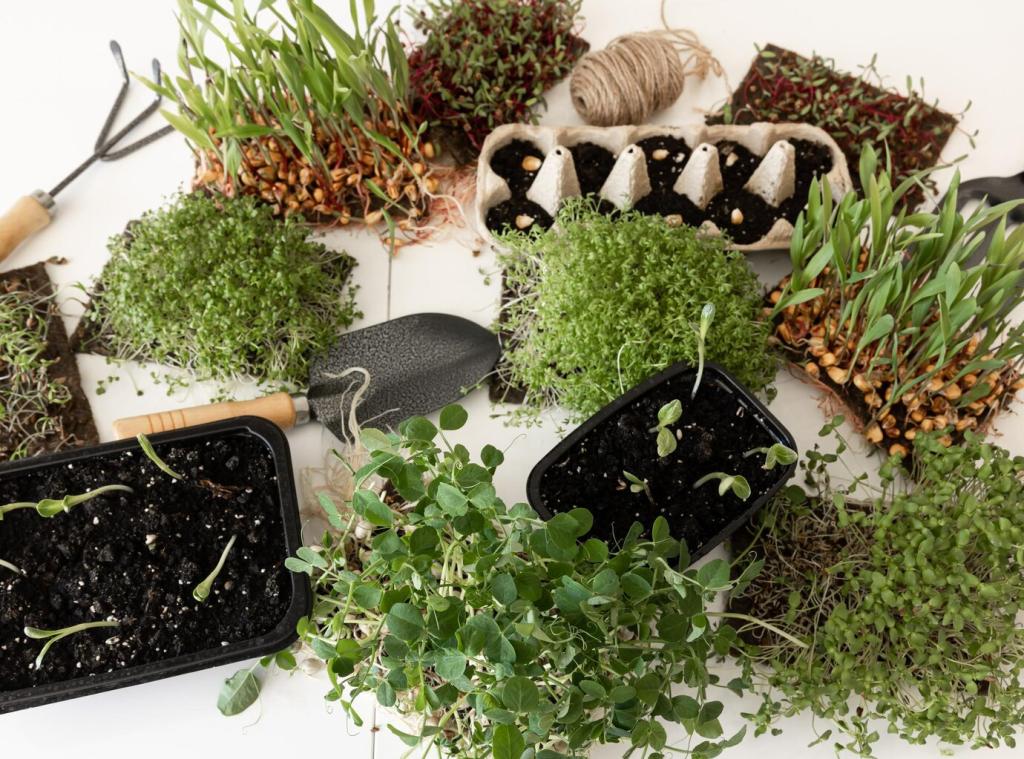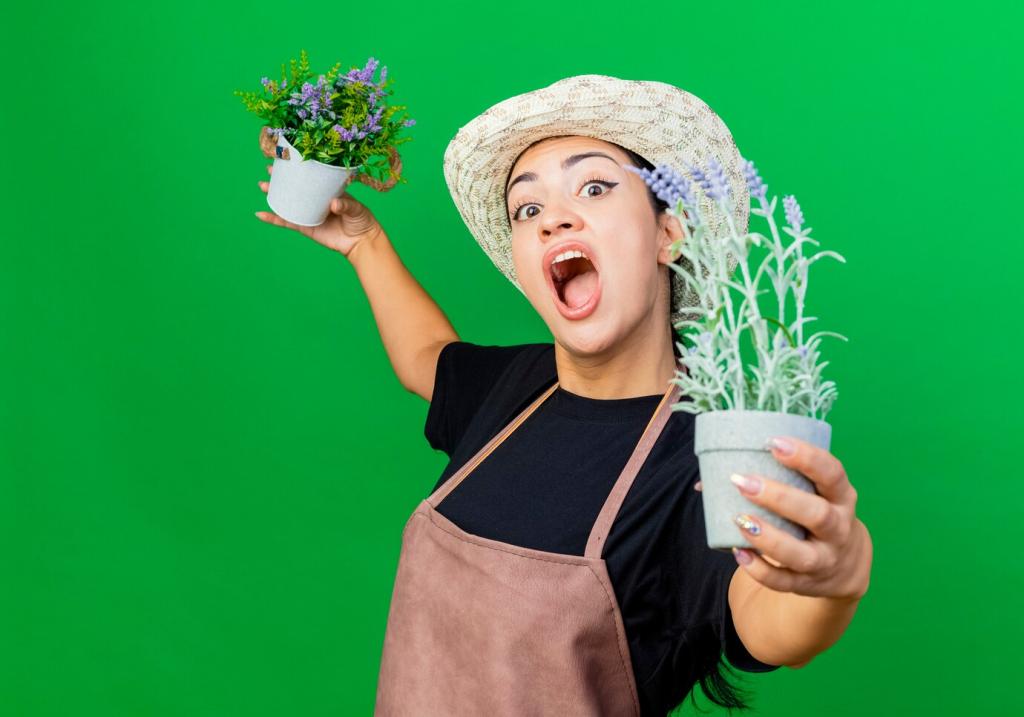Beginner's Guide to Growing Herbs Indoors
Growing herbs indoors is an enjoyable and rewarding activity that allows you to enjoy fresh flavors at your fingertips, no matter the season. This beginner’s guide is designed to walk you through each essential aspect of successfully cultivating herbs inside your home. From understanding the basics of indoor gardening to choosing the right green companions for your kitchen, this page will provide practical guidance, insightful tips, and actionable advice tailored for those just starting their indoor herb journey.

Understanding the Basics of Indoor Herb Gardening
Indoor herb gardening sets itself apart from outdoor cultivation due to the ability to control many environmental variables, no matter the weather outside. The indoor setting removes the risks of pests and unpredictable climate changes, offering a more stable environment for herbs. However, it requires regular attention to details like watering frequency, soil selection, and pest control tailored to an indoor ecosystem. Understanding these unique aspects enables beginners to anticipate potential issues and address them promptly. With practice and observation, the art of maintaining a small, lush indoor herb garden becomes second nature, yielding fresh flavors and verdant beauty within your home.

Before choosing your herbs, it’s important to evaluate the amount and quality of natural light in your indoor spaces. Most herbs need at least six hours of sunlight per day, which usually means placing them near south- or west-facing windows. If your home has limited sunlight, you might need to consider supplemental lighting options such as LED grow lights. In addition to light, evaluate the physical space available—windowsills, countertops, or shelving can all be transformed into green oases. Matching the space and light in your home to the needs of the herbs prevents disappointment and sets the stage for robust, healthy plants.

Certain herbs stand out as particularly well-suited for indoor cultivation, especially for those just getting started. Basil, chives, parsley, mint, and thyme are cherished for their forgiving nature and adaptability to smaller pots and fluctuating environments. These beginner-friendly choices don’t just offer culinary versatility but also act as learning tools, allowing new gardeners to observe growth patterns and develop care routines without becoming overwhelmed. Selecting herbs with varying growth habits also adds visual interaction to your home, as you watch creeping mints mingle with upright chives and delicate thyme.

Herb selection should also align with the types of cuisines you enjoy preparing most often. For instance, if you love making Italian dishes, basil and oregano are must-haves. Fans of Asian cuisine might prefer cilantro and Thai basil, while those leaning toward Mediterranean flavors may opt for rosemary and sage. Tailoring your herb choices to your cooking habits transforms your indoor garden from a decorative feature into a functional extension of your kitchen. This intentional selection ensures your harvests enhance your meals and fosters a deeper appreciation for both gardening and cooking.
Creating the Ideal Indoor Environment
Light is the single most important factor in indoor herb success. Without adequate exposure, herbs can become leggy, pale, and unproductive. Ensuring your chosen location receives ample direct sunlight is the first step, but if this isn’t possible, high-quality grow lights can fill the gap. It’s important to position herbs as close to the light source as possible without risking heat damage. Regularly rotating pots ensures even growth, and cleaning windows or light fixtures can maximize the amount of usable light your plants receive. Monitoring your herbs for signs of too little or too much light helps you make adjustments as needed.

